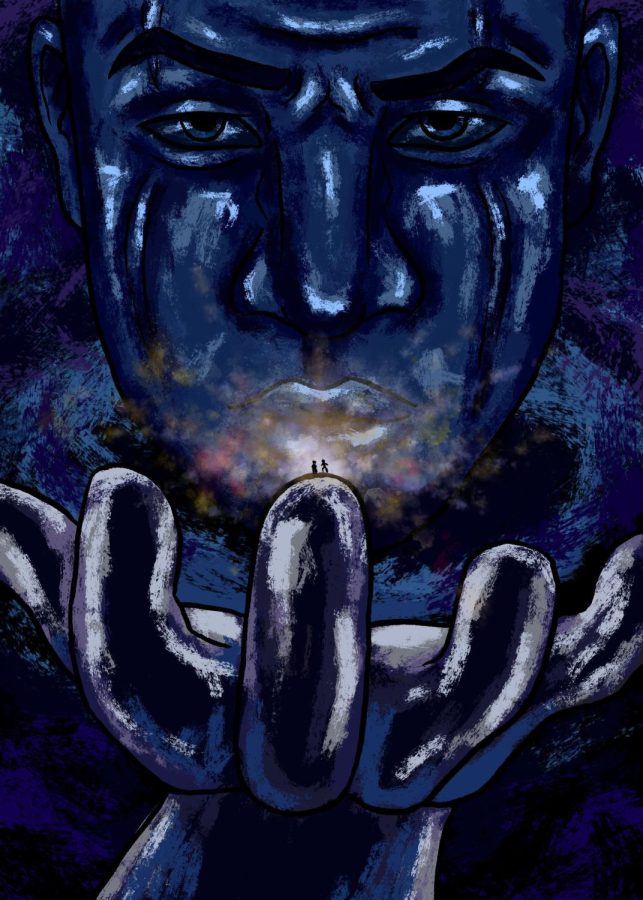‘Quantumania’ is modern Marvel in every way, and that is not a good thing
Marvel loses its characters while trying to set up higher stakes.
February 27, 2023
Marvel has climbed the highest mountain there is with the “infinity saga”, a collection of consistently good to excellent films that ended with “Avengers Endgame.” Since reaching its peak, it seems like the Marvel Cinematic Universe does not know where to go. It wants to fly higher, into the realm of TV shows and blending genres. Sure, Marvel catches a strong wind now and then (“No Way Home,” “Loki”) but in their grand ambitions to traverse the multiverse, they forget that gravity exists.
Marvel seems to have split its projects into somewhat standalone stories like “Shang Chi and the Legend of the Ten Rings” as well as larger continuations of the main Multiverse Saga narrative like “Loki.”
After a slew of flawed movies and mediocre projects, “Ant-Man and the Wasp: Quantumania” was poised as the start of Phase 5 that was going to restore the quality and purpose of Marvel’s past phases. For a second it seemed like it would fly, but it failed to soar.
“Quantumania” is a modern Marvel movie in every way. It is a cheesy, big-budget computer generated imagery (CGI) fest with flawed writing, cheap humor and some innovative ideas that are dragged down by the Marvel formula.
Spoilers ahead for Ant-Man and the Wasp: Quantumania
One of Marvel’s few critically acclaimed TV shows, “Loki,” formally introduced multiple timelines and multiverses into the Marvel Cinematic Universe (MCU). Quantumania expands on these ideas by developing the character of Kang the Conqueror in the movie and offering a glimpse at his many variants (versions of the character in a different timeline) in the post-credit scenes.
This Kang Dynasty is set up to be the next Thanos-esque main villain, and Jonathan Majors continues his stellar acting as Kang from “Loki” in this movie. That is about where good things end.
Paul Rudd and his friends enter the quantum realm, a subatomic universe outside of time and space, where quantum people exist. All the new characters introduced are one-dimensional throwaway fodder for a messy main plot.
I knew this was not going to be as logically competent as a Christopher Nolan movie, but there are more fallacies than I can keep track of. The main characters constantly take off their masks to breathe even though they are smaller than oxygen atoms. The ant-people become uncontrollably hungry when they grow in size, even though they are subatomic. The quantum realm dwellers look just like regular humans.
Marvel does not seem to care about the intricacies of art. As long as the post-credit scenes tease future projects, the current mess is irrelevant to them.
The visual effects in this movie are muddy. The weird and wacky settings of the quantum realm do not spark wonder but evoke fatigue. There are scenes in this movie that look like they came out of “Fortnite.” This is part of a recent trend of downgraded CGI in marvel projects like “Thor: Love and Thunder” and “She-Hulk.”
Marvel is certainly not past the point of return. They have exciting new projects in the pipeline that will likely receive more positive reception, and setting up grander ambitions is by no means a bad thing. But in their current state, putting quantity over quality is a tragic move that makes staying excited exhausting.








